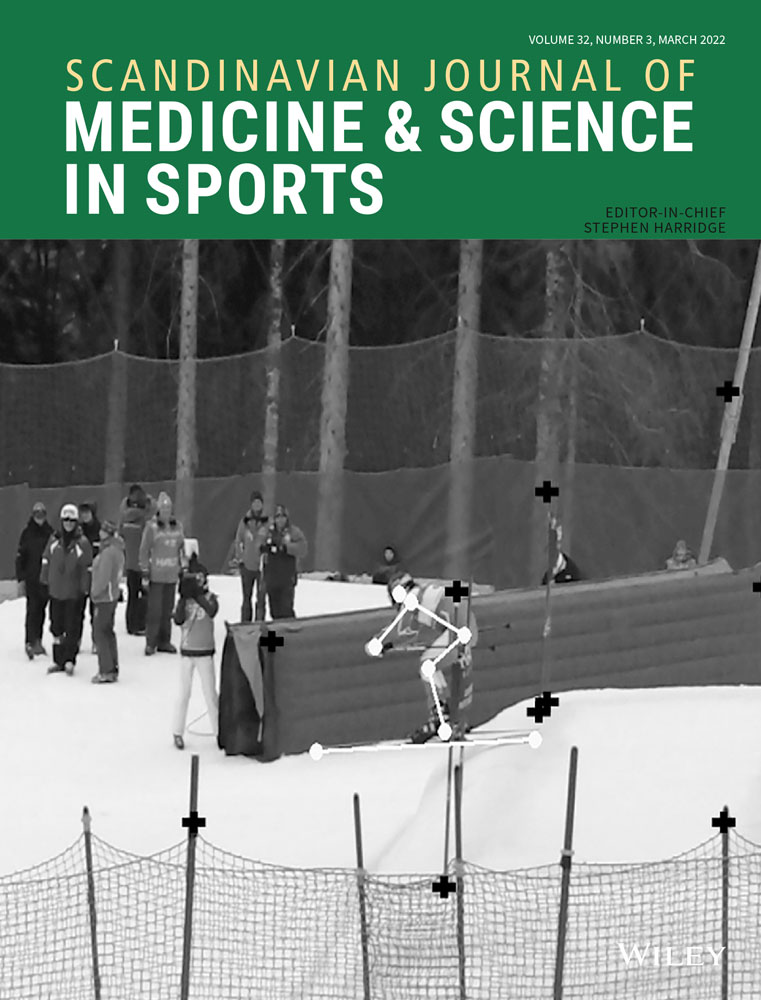Movement strategy correspondence across jumping and cutting tasks after anterior cruciate ligament reconstruction
Funding information
This study was supported by the Sports Surgery Clinic, Ireland, and Knowledge Economy Skills Scholarships 2 (KESS2) which is an All Wales higher level skills initiative led by Bangor University on behalf of the HE sectors in Wales. KESS2 is part funded by the Welsh Government's European Social Fund (ESF) competitiveness program for East Wales.
Abstract
There are currently a multitude of tests used to assess readiness to return to sport (RTS) following anterior cruciate ligament reconstruction (ACLR). The aim of this study was to establish the extent to which movement strategies transfer between three common assessment tasks to help improve design of athlete testing batteries following ACLR. A cohort of 127 male patients 8–10 months post-ACLR and 45 non-injured controls took part in the study. Three movement tasks were completed (unilateral and bilateral drop jump, and 90° pre-planned cut), while ground reaction forces and three-dimensional kinematics (250 Hz) were recorded. Compared to the bilateral drop jump and cut, the unilateral drop jump had a higher proportion of work done at the ankle (d = 0.29, p < 0.001 and d = −1.87, p < 0.001, respectively), and a lower proportion of work done at the knee during the braking phase of the task (d = 0.447, p < 0.001 and d = 1.56, p < 0.001, respectively). The ACLR group had higher peak hip moments than the non-injured controls, although the proportion of work done at the ankle, knee and hip joints were similar. Movement strategies were moderately and positively related at the ankle (rs = 0.728, p < 0.001), knee (rs = 0.638, p < 0.001) and hip (rs = 0.593, p < 0.001) between the unilateral and bilateral drop jump, but there was no relationship at the ankle (rs = 0.10, p = 0.104), knee (rs = 0.106, p = 0.166) and hip (rs = −0.019, p = 0.808) between the unilateral drop jump and the cut. Clinicians could therefore consider omitting one of the drop jumps from assessment batteries but should include both jumping and cutting tasks.
CONFLICT OF INTEREST
The authors have no conflict of interest to declare.
Open Research
DATA AVAILABILITY STATEMENT
Research data are not shared.




